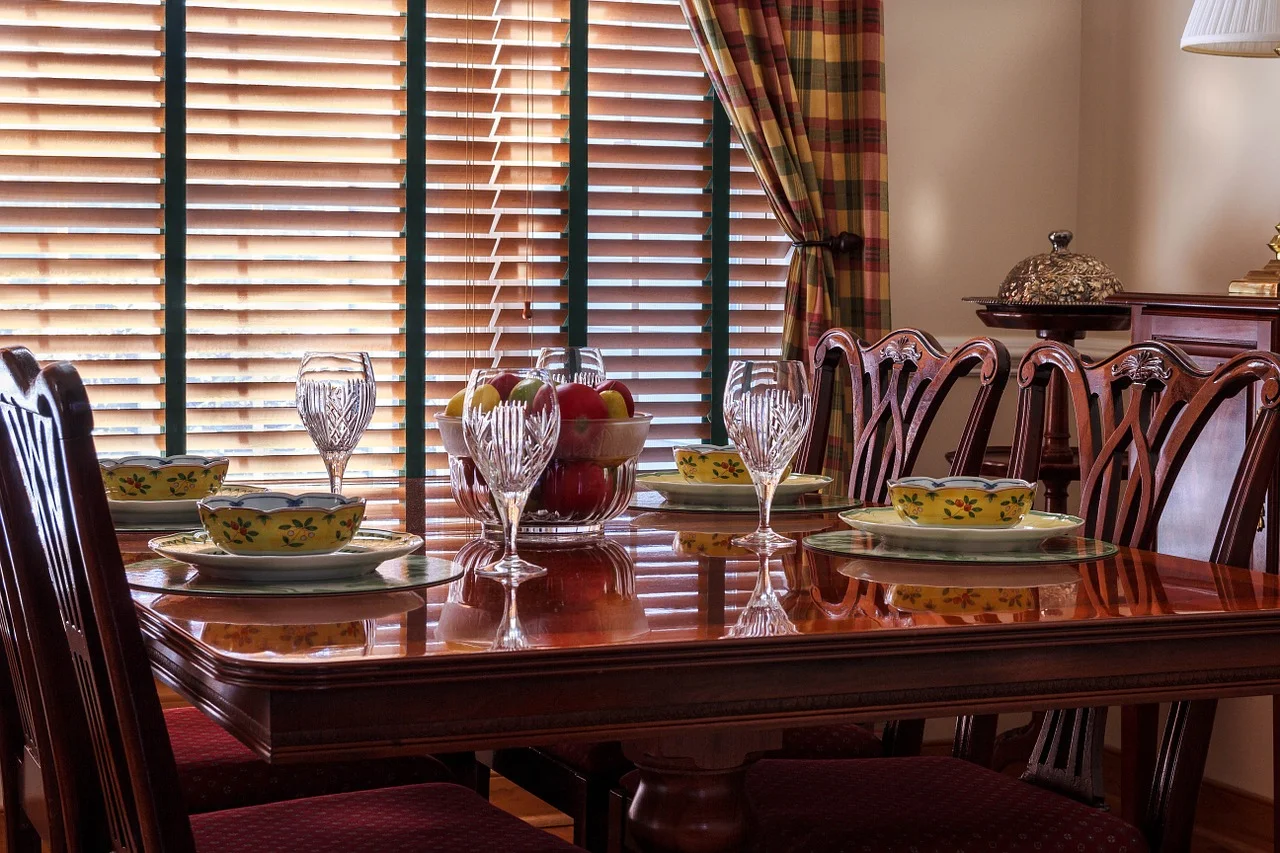It's Not About The Food
How many days a week do you eat together as a family? I grew up with a stay-at-home mom who pinched every penny. We ate every meal together unless my brother and I were at school. Eating out for my family happened about twice a year. Fast forward into today’s busy mainstream America. Most of us are running from place to place, and the children are often on their own to find food. Grabbing some cereal for supper and going into their room or sitting in front of the television is considered normal in this day. Eating together as a family is still as important now as it was then. Yes, it’s more difficult with after school activities and/or work, but it can be and should be done.
Family meal time is a moment in a busy day to connect as a family, learn about how each other’s day went, and bond together. There are numerous benefits for children who share in the family dining experience at the kitchen table. A family who cooks together even has greater experiences. Learning basic cooking and communication skills are just a couple of benefits. According to a research study by the University of Florida, families who dine together at the dinner table are better adjusted, family bonds are stronger, eat more nutritional meals, are less likely to be overweight, and are not as likely to abuse alcohol or other drugs.
Things to consider when planning your meal time:
- Eating in front of the television, although together, does not promote communication.
- Picking up fast food and eating at the dinner table, does not promote nutritious meals.
Here are some tips to get the whole family at the dinner table:
- Make meal time a priority. Set regular meal times and let everyone know what time dinner will be and that they must be home.
- Start small. If the family is not used to eating together, plan two or three days per week and increase more as time goes on.
- Make family meals fun by allowing the children or teens to help plan and prepare the meals. Of course, the parents will have the final say what the menu will be, but allowing the other members of the family to participate can create a fun environment.
- Keep conversation light and humorous while at the dinner table. No criticizing of each other allowed. Creating a positive environment will lead to healthy communication.
- Eliminate distractions like television and cell phones.
- Be a good role model by showing children good table manners and etiquette.
- Eat slowly, because this is an opportunity to spend precious family time together. It’s not about the food, it’s about the family.
This week, plan family time together with food at the kitchen table. You’ll be amazed at the fun conversations that arise and the close bonding that occurs. No, it won’t solve every family dispute or problem, but it will give a foundation to which can grow and become strong.
Health-bite: It’s not about the food, it’s about the family

